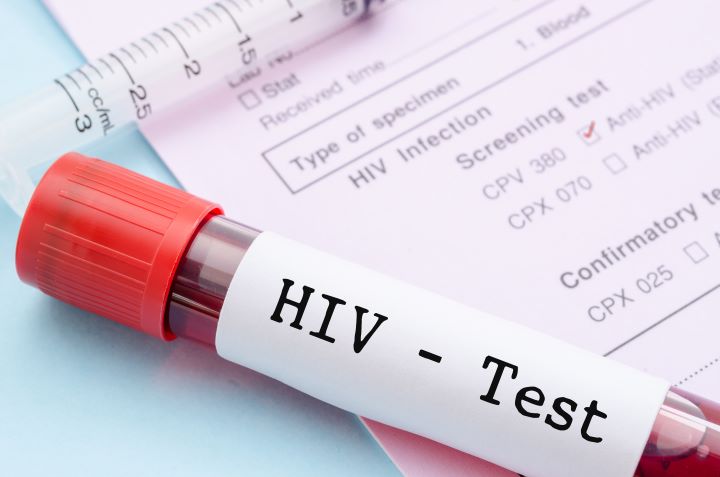Hemoglobinuria: Unexpected Signals You Must Not Ignore
Hemoglobinuria is a rare but serious condition that may silently signal underlying health issues. While often unnoticed in early stages, certain unexpected symptoms could point to a more significant problem. Understanding these signs is essential for timely diagnosis and treatment. This article uncovers the key warning signals of hemoglobinuria and what they could mean for your health.

What Are Early Signs of Hemoglobinuria You Might Overlook?
Hemoglobinuria can present with subtle symptoms that are easily overlooked. One of the most common signs is a change in urine color, which may appear dark, cola-colored, or reddish-brown. However, this change might not be consistent and could vary throughout the day. Other early indicators include fatigue, shortness of breath, and pale skin, which are often attributed to anemia resulting from the loss of red blood cells. Unexplained abdominal pain or back discomfort may also occur. It’s crucial to pay attention to these seemingly unrelated symptoms, as they could be signaling the presence of hemoglobinuria.
How Hemoglobinuria Could Indicate a Deeper Health Issue
The presence of hemoglobin in urine is not a condition in itself but rather a symptom of an underlying problem. Hemoglobinuria can be associated with several serious health conditions, including paroxysmal nocturnal hemoglobinuria (PNH), a rare blood disorder characterized by the destruction of red blood cells. Other potential causes include severe infections, autoimmune disorders, or certain medications. In some cases, hemoglobinuria may indicate kidney disease or urinary tract infections. Understanding the connection between hemoglobinuria and these deeper health issues is crucial for proper diagnosis and treatment.
Important Diagnostic Steps for Detecting Hemoglobinuria Early
Early detection of hemoglobinuria is vital for effective management and treatment. The diagnostic process typically begins with a urinalysis, which can detect the presence of hemoglobin in urine. If hemoglobinuria is suspected, further tests may be conducted, including blood tests to check for anemia and assess kidney function. A flow cytometry test is often used to diagnose PNH, as it can identify abnormal blood cells characteristic of this condition. In some cases, imaging studies such as ultrasounds or CT scans may be necessary to evaluate the kidneys and urinary tract. Prompt and thorough diagnostic steps are essential for identifying the underlying cause of hemoglobinuria and initiating appropriate treatment.
Myths About Hemoglobin in Urine and How to Approach Them
Several misconceptions surrounding hemoglobinuria can lead to confusion and delayed diagnosis. One common myth is that hemoglobinuria always results in visibly red or brown urine. In reality, the color change may be subtle or intermittent, making it easy to miss. Another misconception is that hemoglobinuria is always caused by physical trauma or intense exercise. While these factors can contribute to transient hemoglobinuria, persistent cases often indicate an underlying medical condition. It’s also important to dispel the myth that hemoglobinuria is always painful or accompanied by other urinary symptoms. Many individuals with chronic hemoglobinuria may not experience discomfort, emphasizing the importance of regular check-ups and urine tests.
Treatment Options for Nocturnal Hemoglobinuria
Nocturnal hemoglobinuria, particularly paroxysmal nocturnal hemoglobinuria (PNH), requires specialized treatment approaches. The primary goal of treatment is to manage symptoms, prevent complications, and improve quality of life. One of the most effective treatments for PNH is complement inhibitor therapy, which helps to prevent the destruction of red blood cells. Eculizumab and ravulizumab are two FDA-approved complement inhibitors used in PNH treatment. These medications work by blocking the complement system, which is overactive in PNH patients.
In addition to complement inhibitors, supportive care plays a crucial role in managing PNH. This may include blood transfusions to address anemia, anticoagulants to prevent blood clots, and folic acid supplements to support red blood cell production. In some cases, bone marrow transplantation may be considered as a potential cure for PNH, especially for younger patients or those with severe disease.
It’s important to note that treatment plans for nocturnal hemoglobinuria are highly individualized and may vary based on the severity of the condition, the presence of complications, and the patient’s overall health status. Regular monitoring and follow-up with a hematologist are essential for managing this chronic condition effectively.
Hemoglobinuria, particularly when associated with conditions like paroxysmal nocturnal hemoglobinuria, requires vigilant attention to unexpected signals and prompt medical evaluation. By understanding the early signs, recognizing the potential for deeper health issues, and following appropriate diagnostic steps, individuals can ensure timely intervention and improved outcomes. Dispelling myths and approaching hemoglobinuria with accurate information is crucial for effective management. If you experience any symptoms suggestive of hemoglobinuria, consulting with a healthcare professional is essential for proper diagnosis and treatment.
This article is for informational purposes only and should not be considered medical advice. Please consult a qualified healthcare professional for personalized guidance and treatment.




